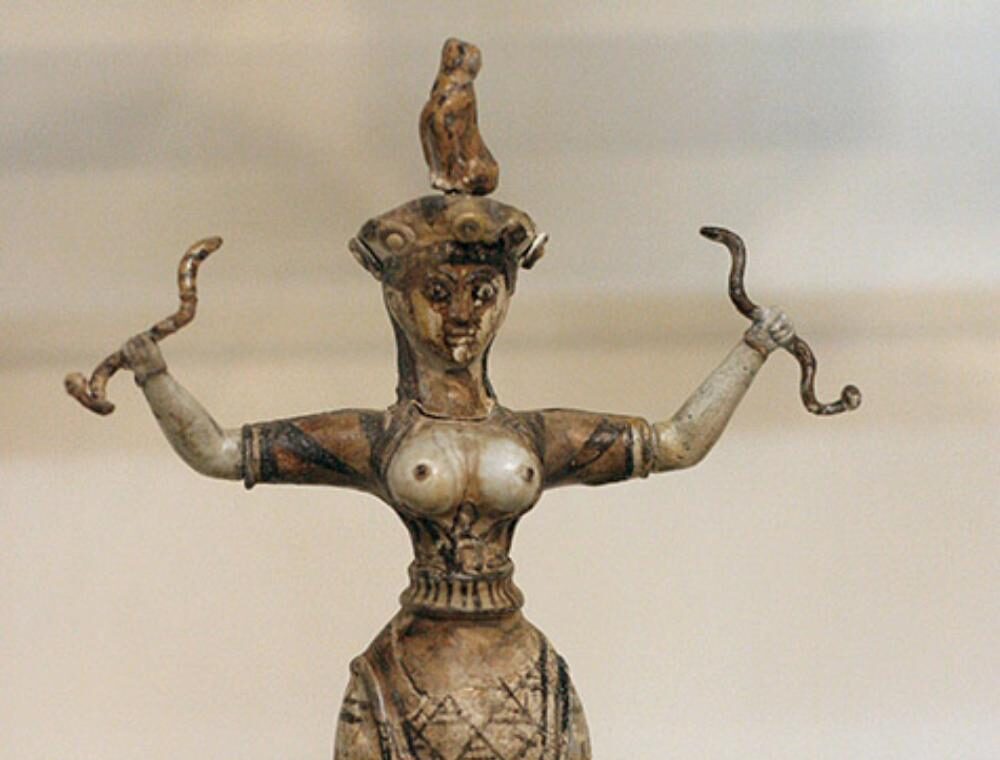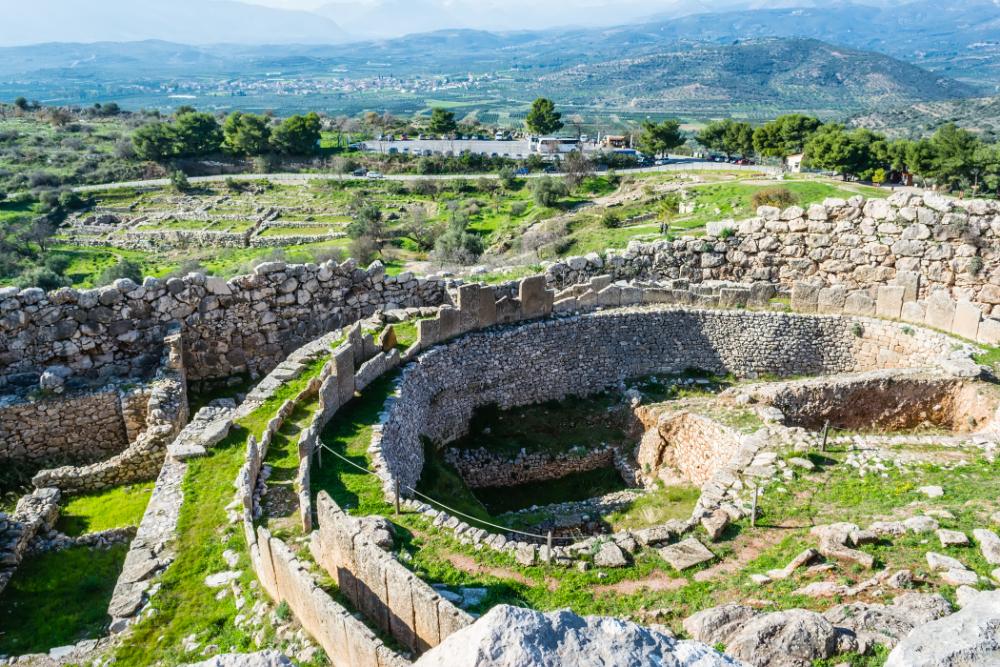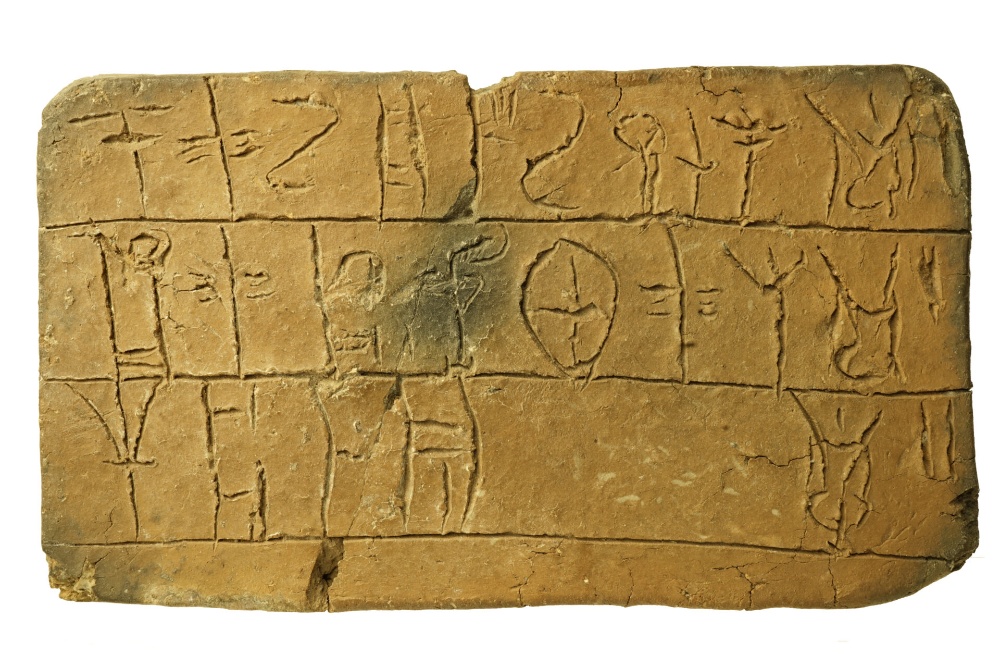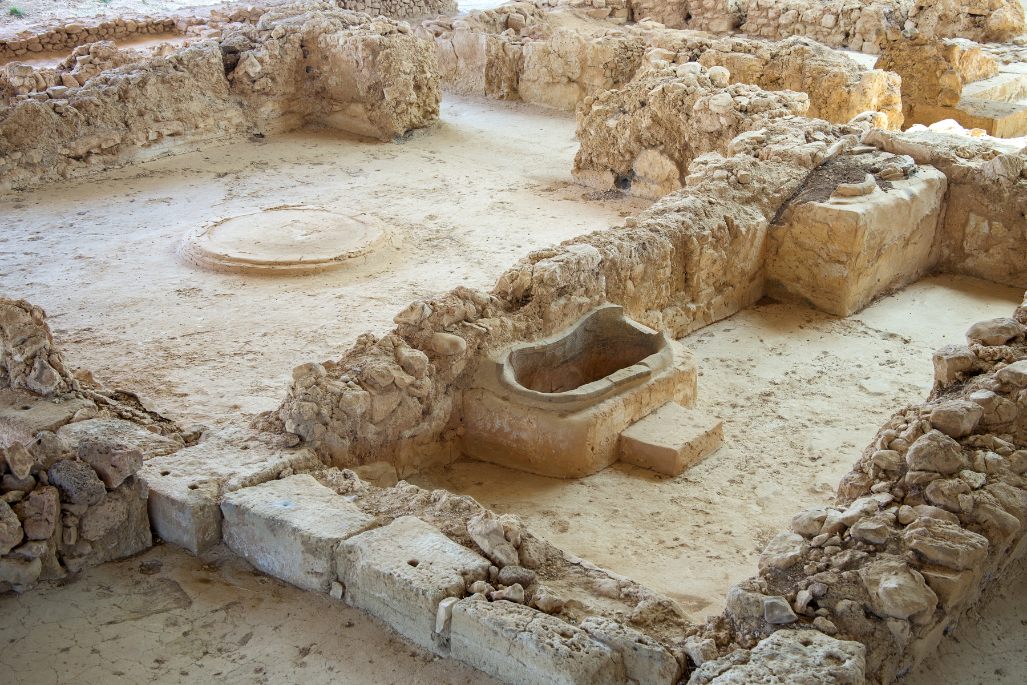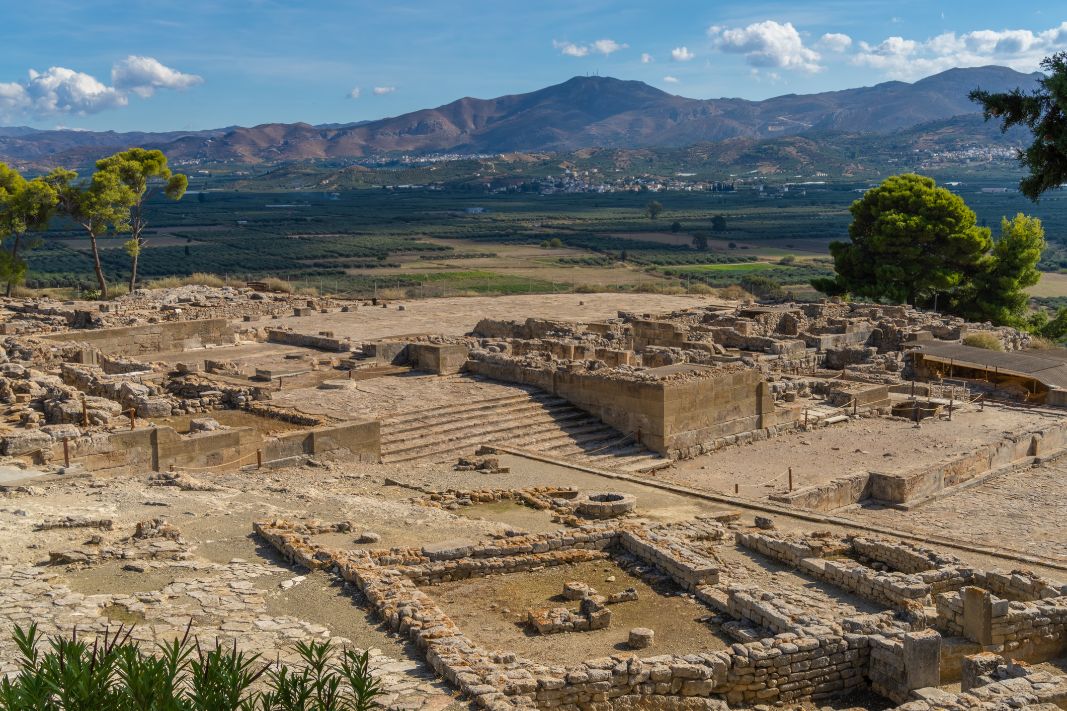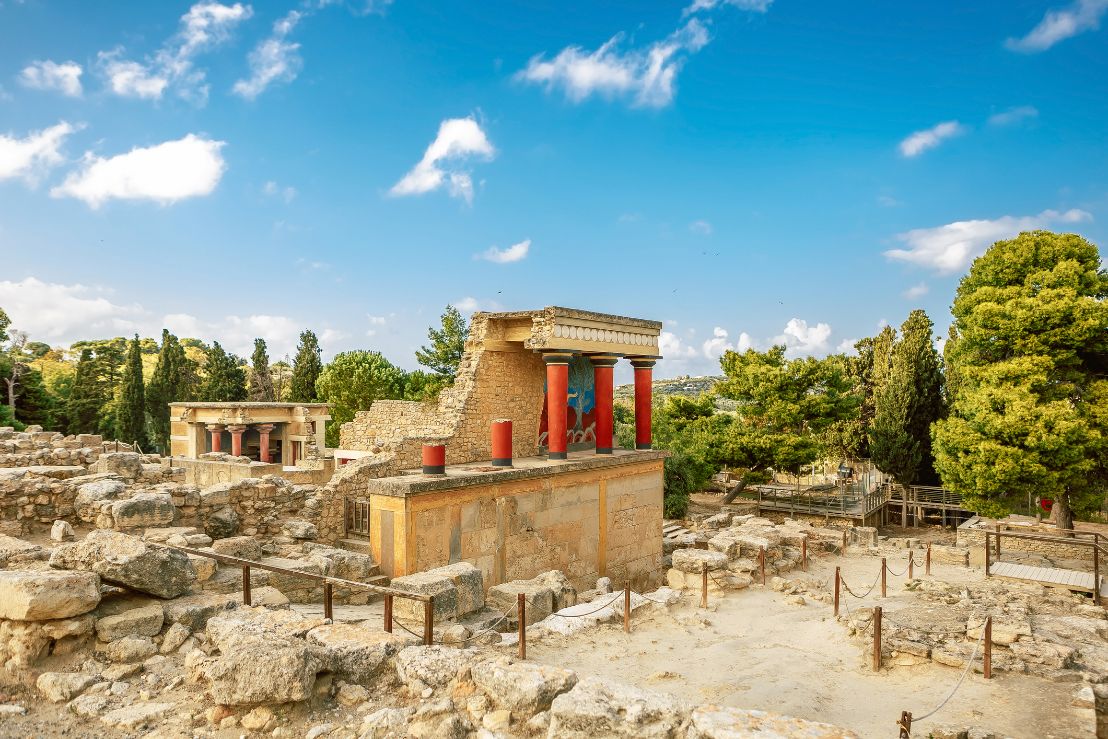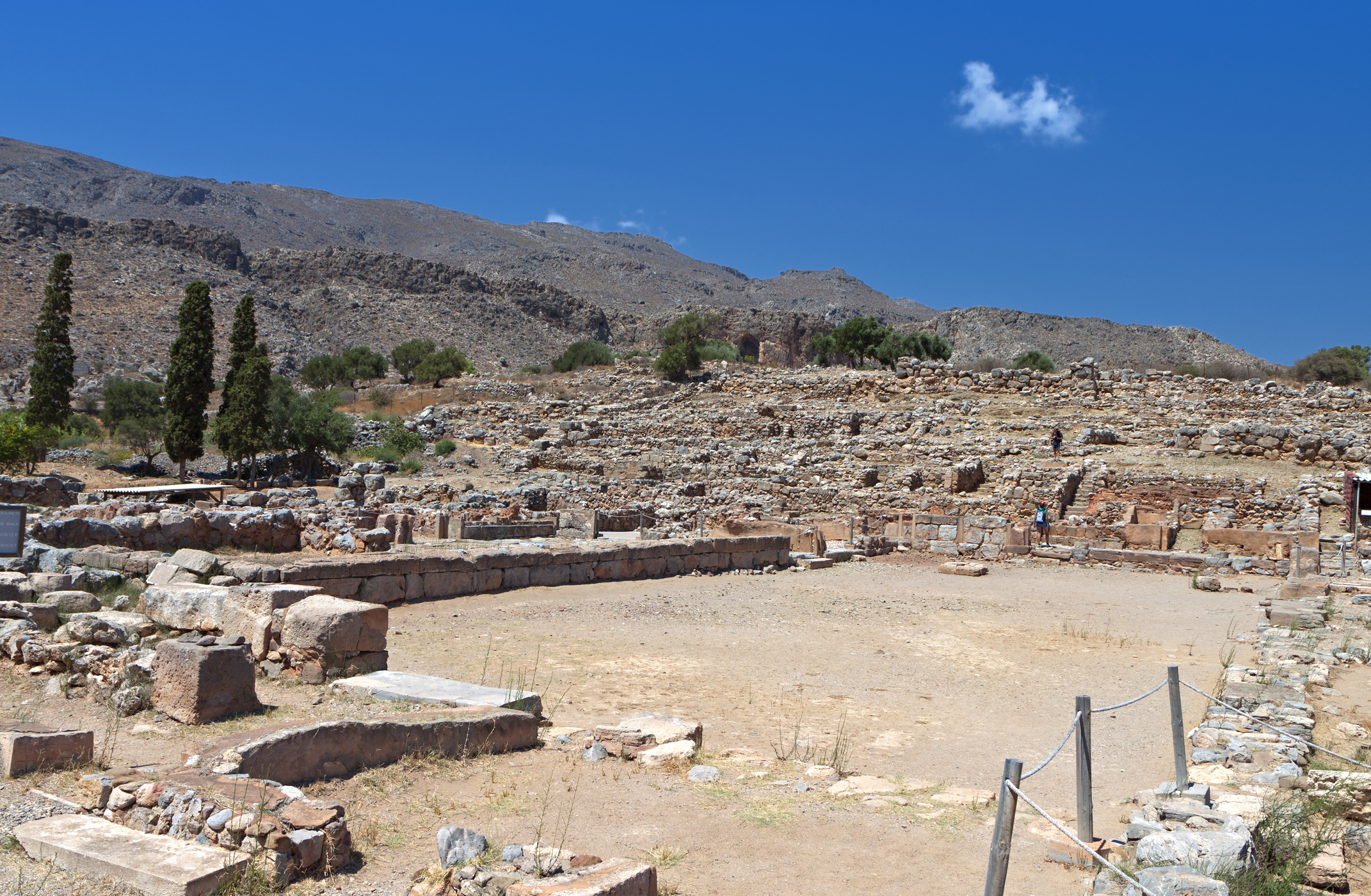A Turning Point in Bronze Age Greece
one most important events during the Bronze Age in Greece was the rise and fall of the Minoan civilization, particularly marked by the catastrophic eruption of Santorini (Thera) around 1600 BC. This volcanic eruption is considered one of the most significant natural disasters in the Aegean region’s history and had widespread effects on the Minoans, whose civilization was centered on the island of Crete.
The eruption led to massive tsunamis and ash fallout that likely devastated coastal settlements and disrupted trade networks. The Minoans were known for their advanced culture, impressive palatial complexes, and extensive maritime trade, but the eruption may have contributed to the decline of Minoan power and influence in the region.
Following the decline of the Minoan civilization, the Mycenaean civilization emerged on the Greek mainland, characterized by its own palatial centers, such as Mycenae and Tiryns. This shift marked a transition in Greek history from the Minoan to the Mycenaean era, leading to the development of writing systems (Linear B) and the eventual establishment of Greek city-states. The Mycenaeans would later be central to the events of the Trojan War, as recounted in Homer’s epics, thus shaping the cultural and historical narrative of ancient Greece.




